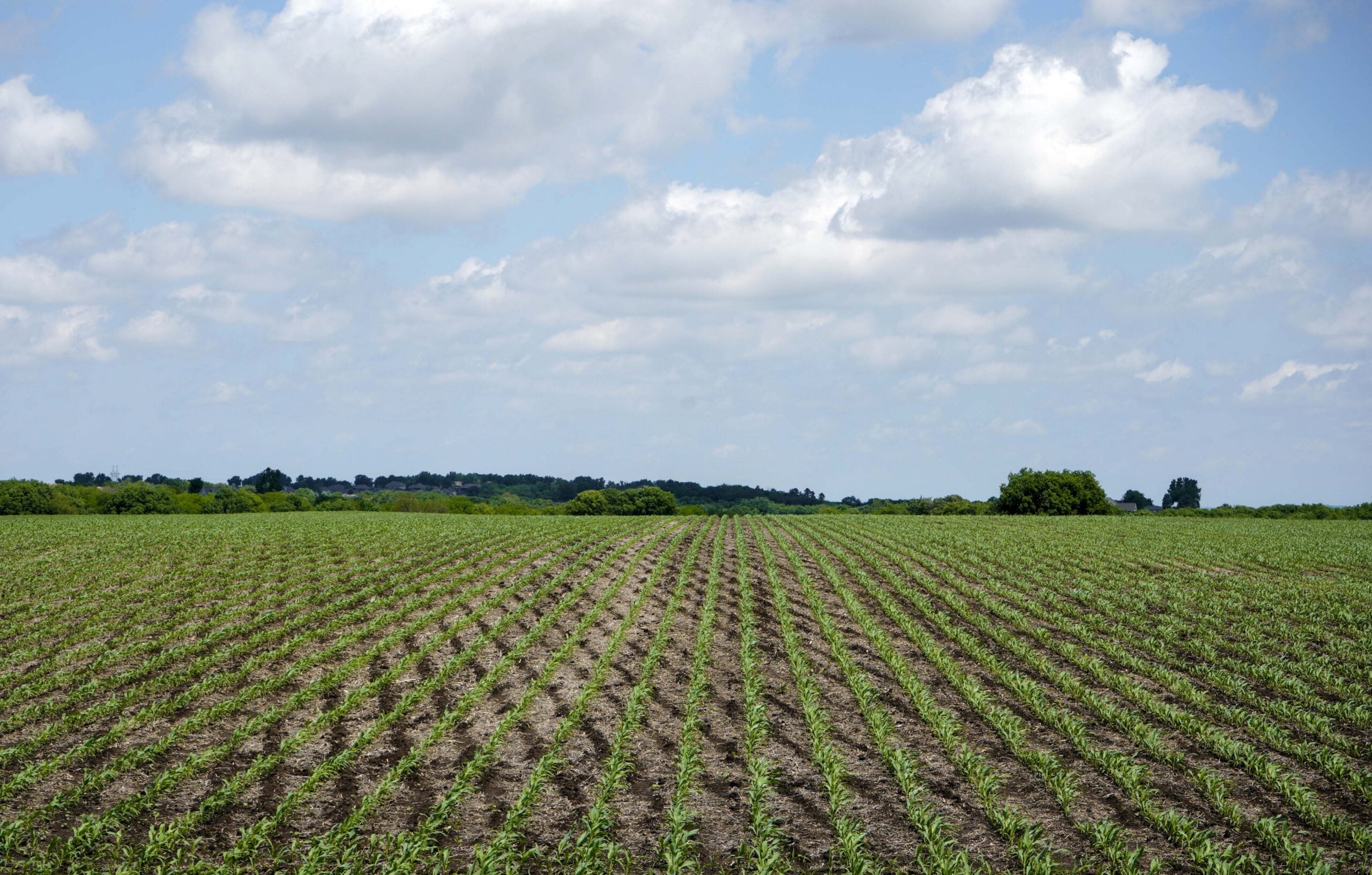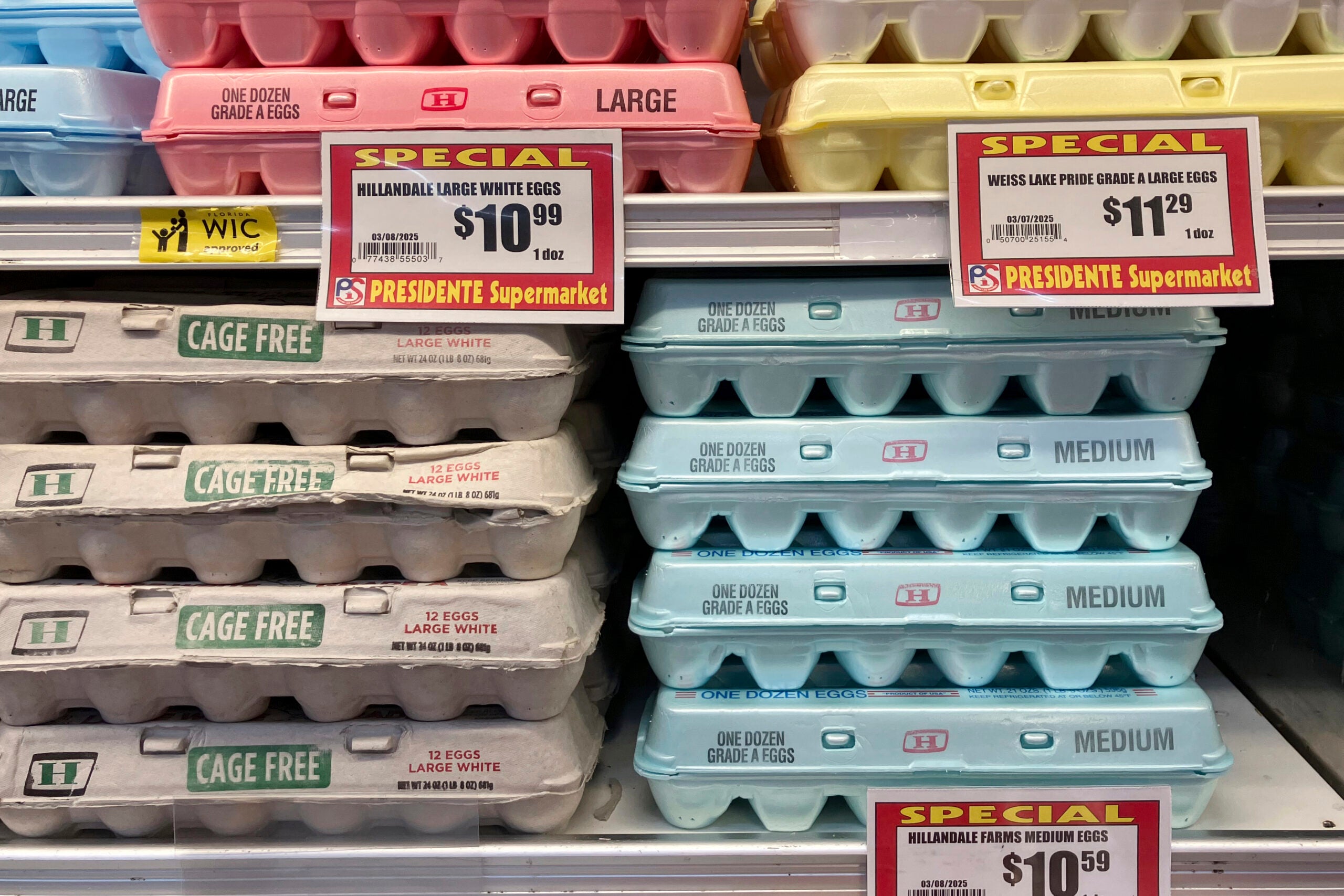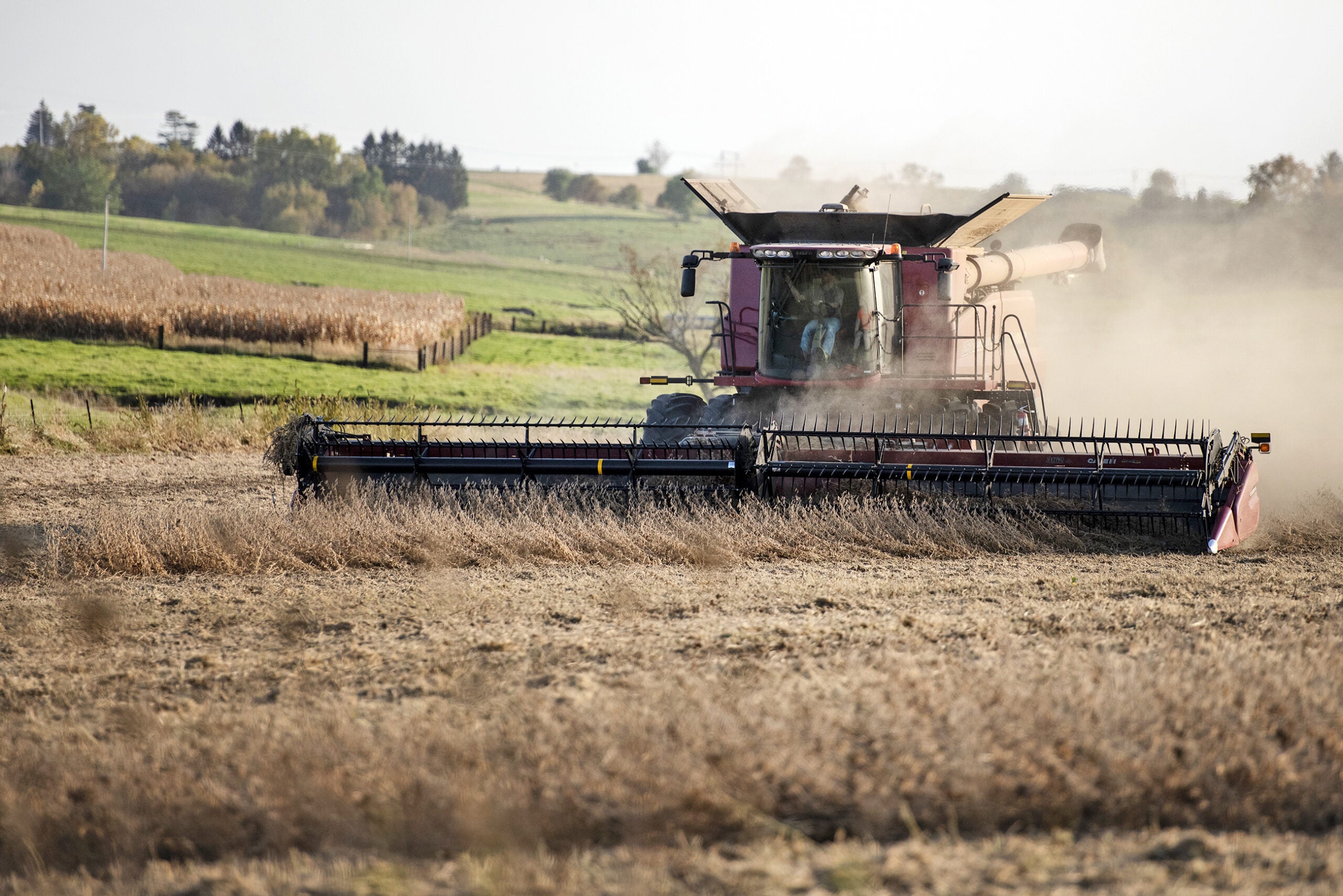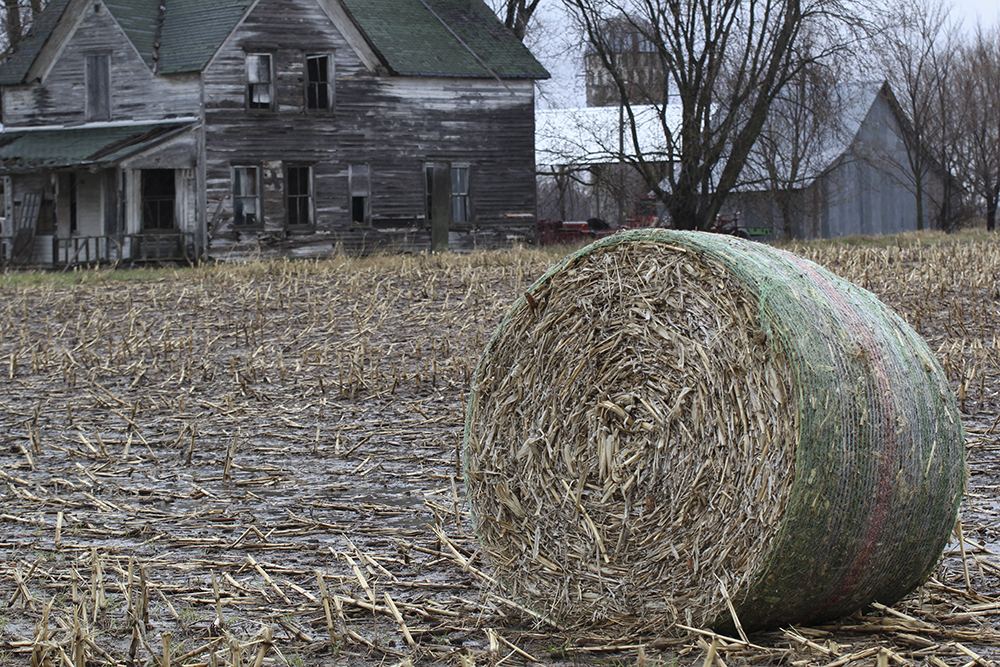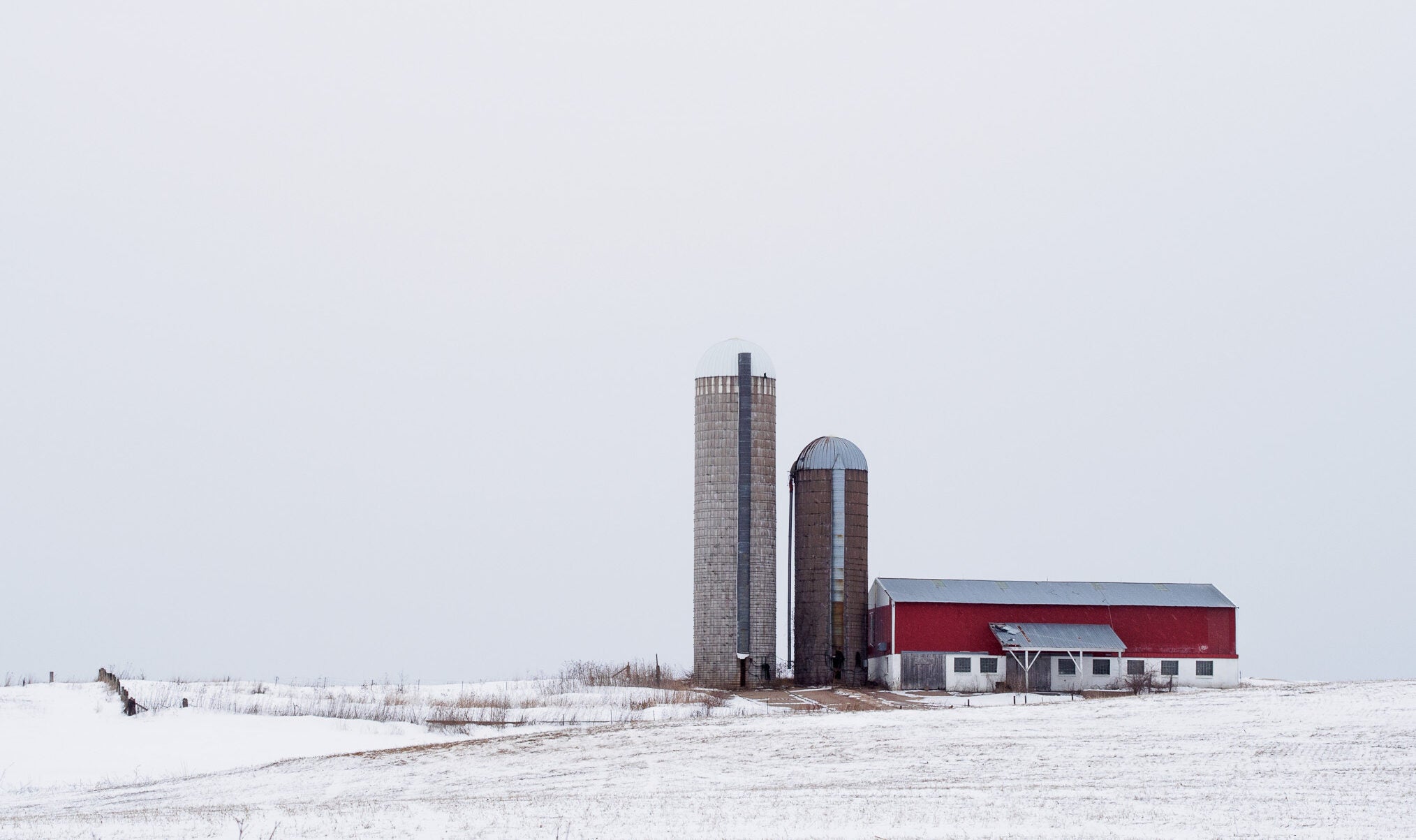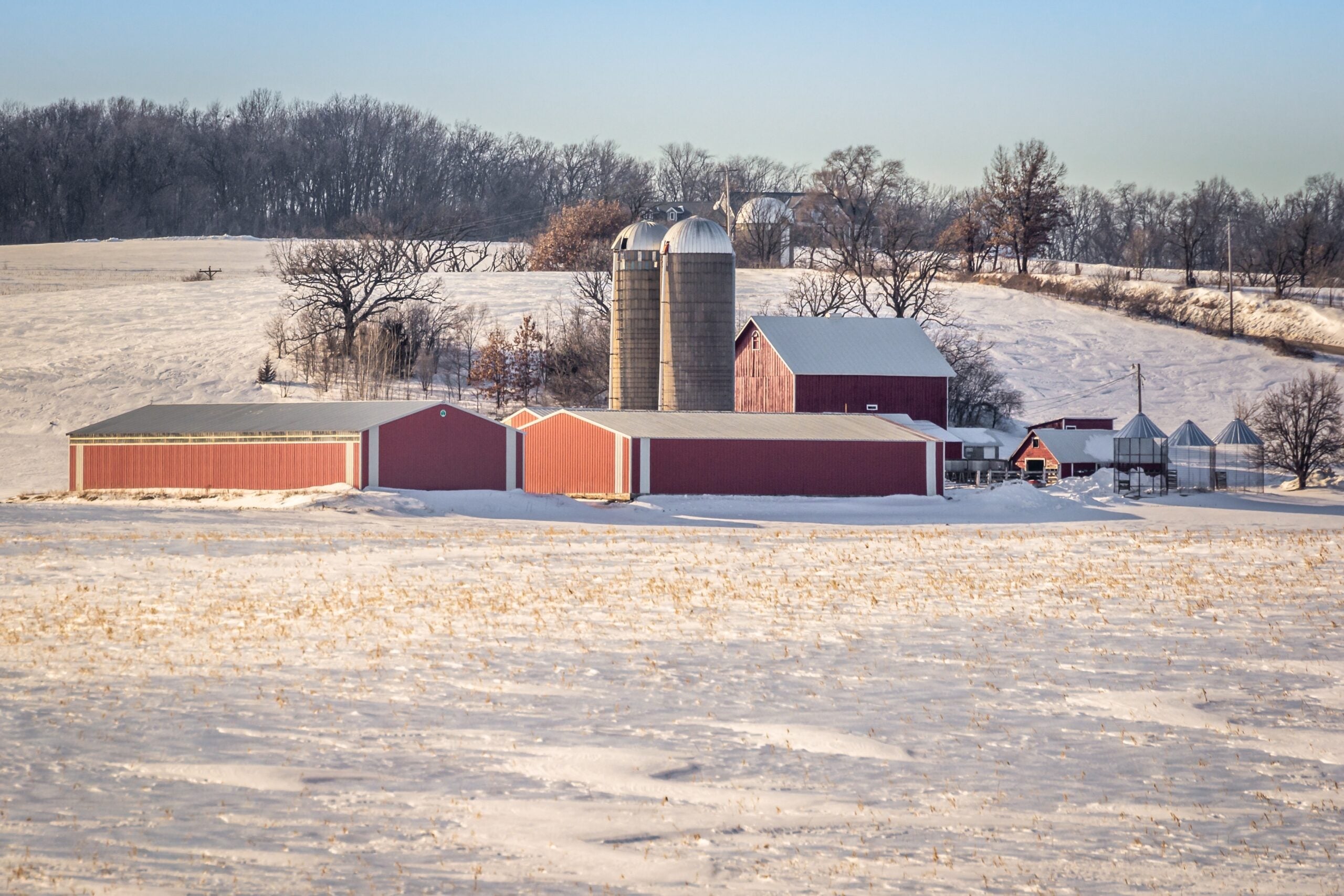As the calendar ticks down to spring, Wisconsin farmers can expect to pay a record high amount to put their crops in the ground this year.
Ag economist Paul Mitchell said at the Wisconsin Agricultural Outlook Forum in January that the cost of production in Wisconsin and surrounding states is forecast to set a new record this year, after several years of increases.
Mitchell, who leads the Renk Agribusiness Institute, said a University of Wisconsin-Extension budget tool shows it will cost $1,017 per acre to plant corn for grain, while silage is estimated to cost $1,134 per acre. Soybeans are projected to cost $696 per acre to produce.
Stay informed on the latest news
Sign up for WPR’s email newsletter.
While the actual cost to plant looks different for every farm, Mitchell said during his presentation that average costs are 10 to 20 percent higher this year than in 2022. He said that boils down to much thinner profit margins, even if crop prices remain at the higher levels seen last year.
“Will commodity prices stay high enough to justify these costs? That’s going to be the big question,” Mitchell said at the forum. “We’ve got margins out there, we can make money … will these make sense? Can I continue to make money at these high prices?”
He said there is some evidence that fertilizer and energy costs are declining, two items that took a toll on farmers’ profits last year.
Purdue University in Indiana surveys farmers monthly about their finances in its Ag Economy Barometer. In the latest survey from January, 22 percent of respondents said they expect to have a larger operating loan this year compared to 2022. Eighty percent of those respondents said the larger loan was due to increased input costs, while only 5 percent reported it was due to carrying over unpaid debt.
Aaron Tigert is regional vice president of core markets for farm lending agency Compeer Financial. He said it’s hard to paint broad strokes about whether farmers will be borrowing more to plant this spring, especially because many producers have had more cash on hand after two years of strong profit margins.
“If they still have it coming into 2023, tight margins won’t matter. Increased prices at the farm gate for any one input or even all inputs won’t matter as much because at least as of today, we’re forecasting a positive margin per acre,” said Tigert, who is based in Prairie du Sac.
He said the timing of when producers buy their supplies will have an impact on profitability. Some farmers already chose to lock in prices for fertilizer or other costs, so they won’t benefit if prices continue to soften in the coming weeks. He said he thinks high land prices and rental rates will also affect a farm’s cost of production this year.
But Tigert cautions that looking at the cost of planting is only one half of the equation. He said whether a farmer is profitable also depends on how much they produce, or their yield, per acre at the end of the growing season.
“A good season of timely rains, timely moisture, a good safe fall harvest — that all matters to total crop revenue,” he said. “We can do everything right, we can have all the right costs, but if Mother Nature doesn’t work with us, it can really get us sideways on the net margin pretty quick.”
Wisconsin Public Radio, © Copyright 2025, Board of Regents of the University of Wisconsin System and Wisconsin Educational Communications Board.
